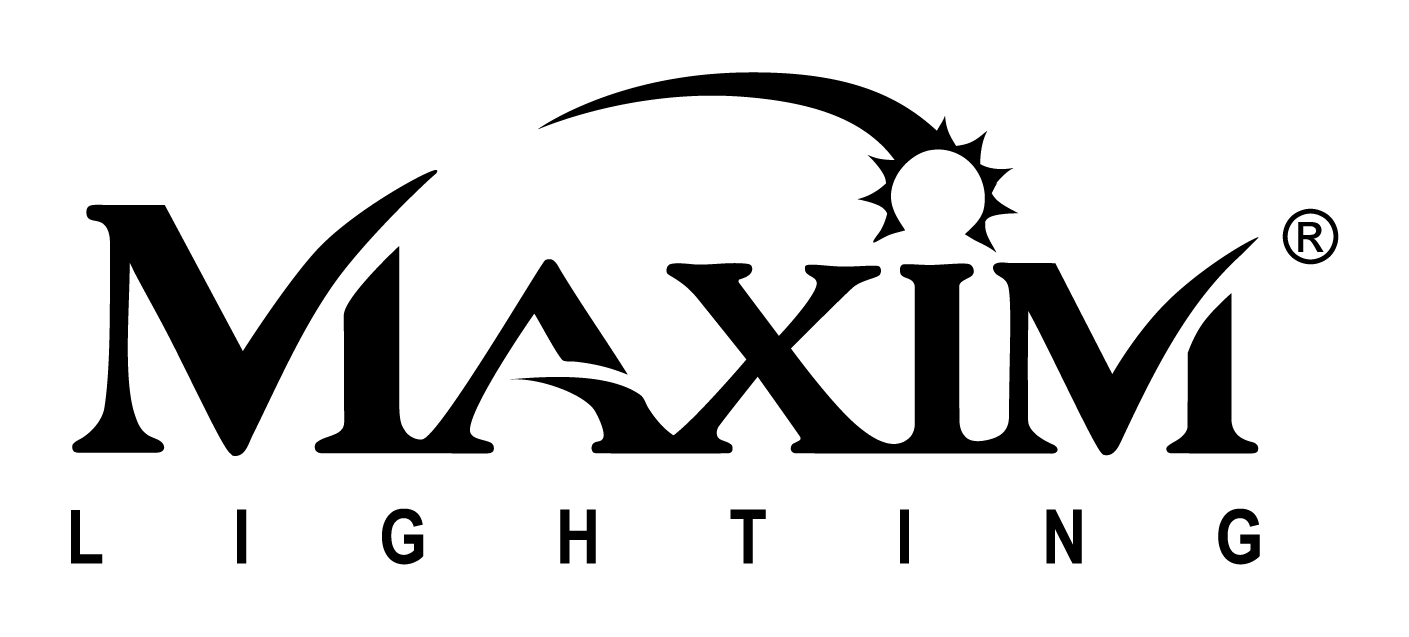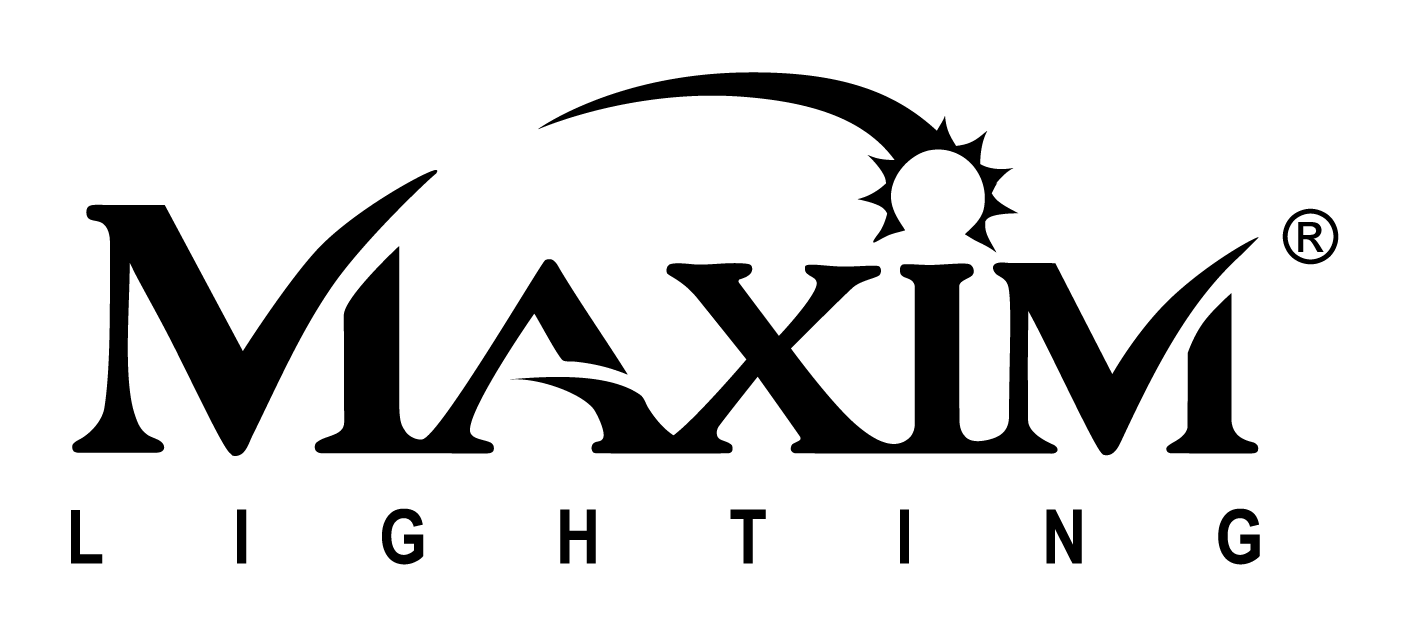
Light Bulbs: Understanding Shapes and Bases
Modern light bulbs come in many shapes and sizes and it's important to know which type is compatible with your needs, the right bulb makes all the difference. Each bulb will bring something unique to the table. Let's go over what each of these signifiers mean.
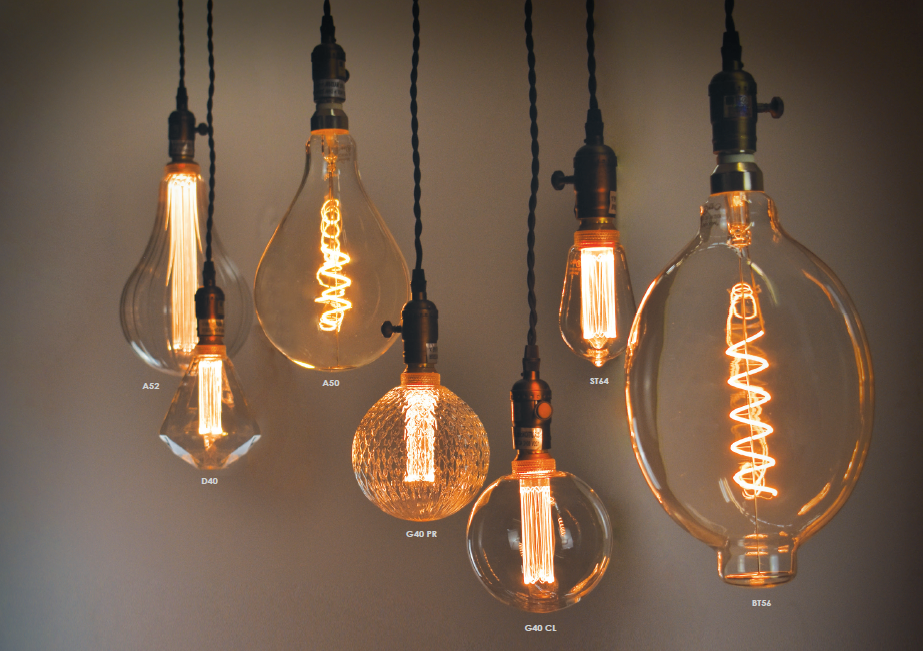
Shapes
The bulb code refers to the set of letters that indicates the shape of the bulb. The most common letters you will find are A, G, B, C, and BR. For example:

Bases
A base type allows you to figure out the size of the bottom/“base” of a bulb. Most bulbs will have a screw-in base, while specialized bulbs like those in track lights and landscape lights use pin connectors. The number in the code represents the diameter in millimeters. Below are the most common base types:
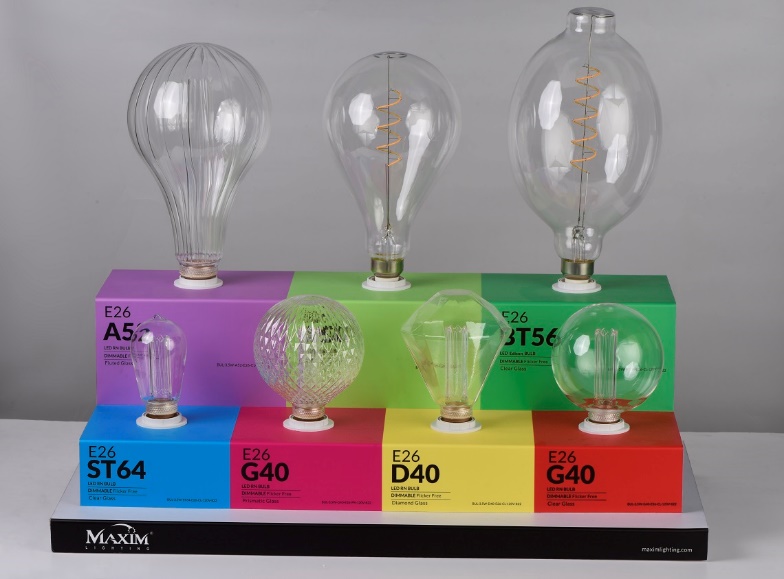

Shapes
The bulb code refers to the set of letters that indicates the shape of the bulb. The most common letters you will find are A, G, B, C, and BR. For example:
- A - The most common shape bulb is the arbitrary or standard bulbs. These are the types of bulbs you will find in standard pendants, kitchen lights, and more.
- G - Referred to as globe bulbs, these are large, round lights available in many sizes. These are a bit more specialized, used in track lighting, bathroom vanities, and chandeliers.
- B & C - Blunt-tip and Conical bulbs are slimmer and resemble a candle flame. These are used in candelabra-style chandeliers, wall sconces, and decorative lights.
- BR - Bulged Reflector bulbs are larger than most bulbs, have a dome-shaped lens that diffuses light outward. These are most common in recessed lighting.

Bases
A base type allows you to figure out the size of the bottom/“base” of a bulb. Most bulbs will have a screw-in base, while specialized bulbs like those in track lights and landscape lights use pin connectors. The number in the code represents the diameter in millimeters. Below are the most common base types:
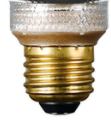 |
E26: Medium base code, the most common light bulb base, used frequently in home lighting cases, these have a variety of bulb sizes. |
 |
E12: Candelabra base code, used for decorative lighting applications, such as wall sconces, chandeliers, and holiday lighting. These have a thinner base than E26 bases and mimic the look of a candle flame. |
 |
E17: Intermediate base code, similar to E12, with more commercial applications, often used as appliance lights, such as microwave, refrigerator, and range hood lights. |
 |
GU5.3, GU10, and GU24: Pin Type Bases are usually larger than other standard bulbs providing great beams of direct light. These spotlight bulbs are great for outdoor lighting or workshops. |

